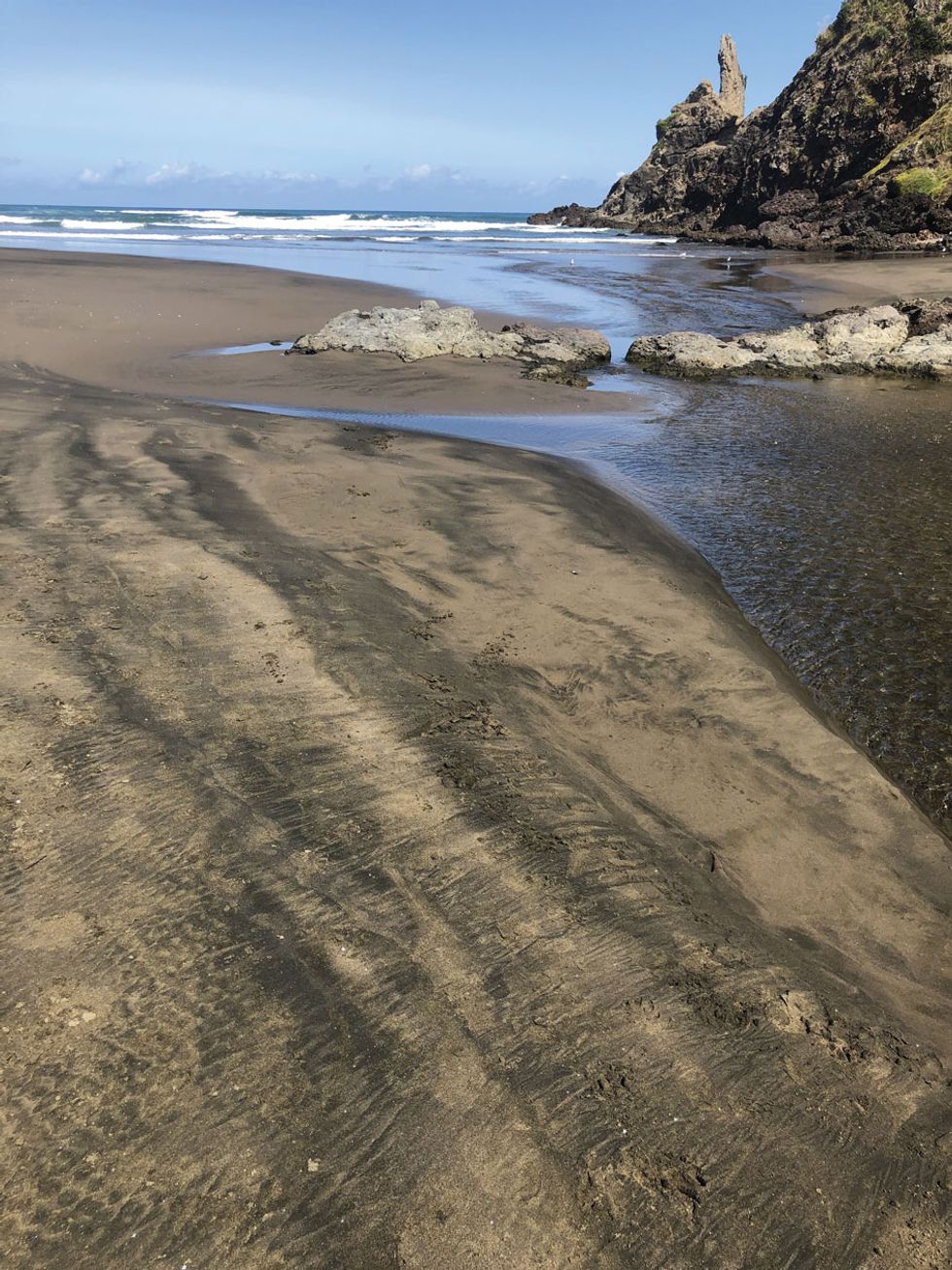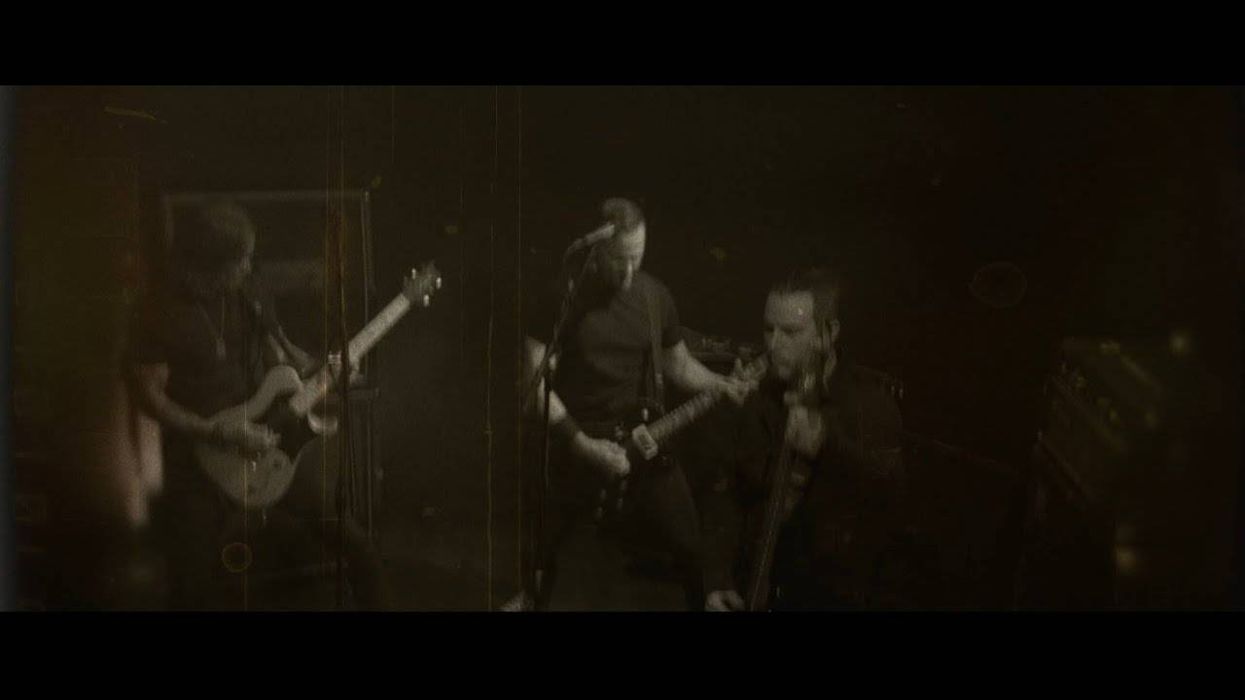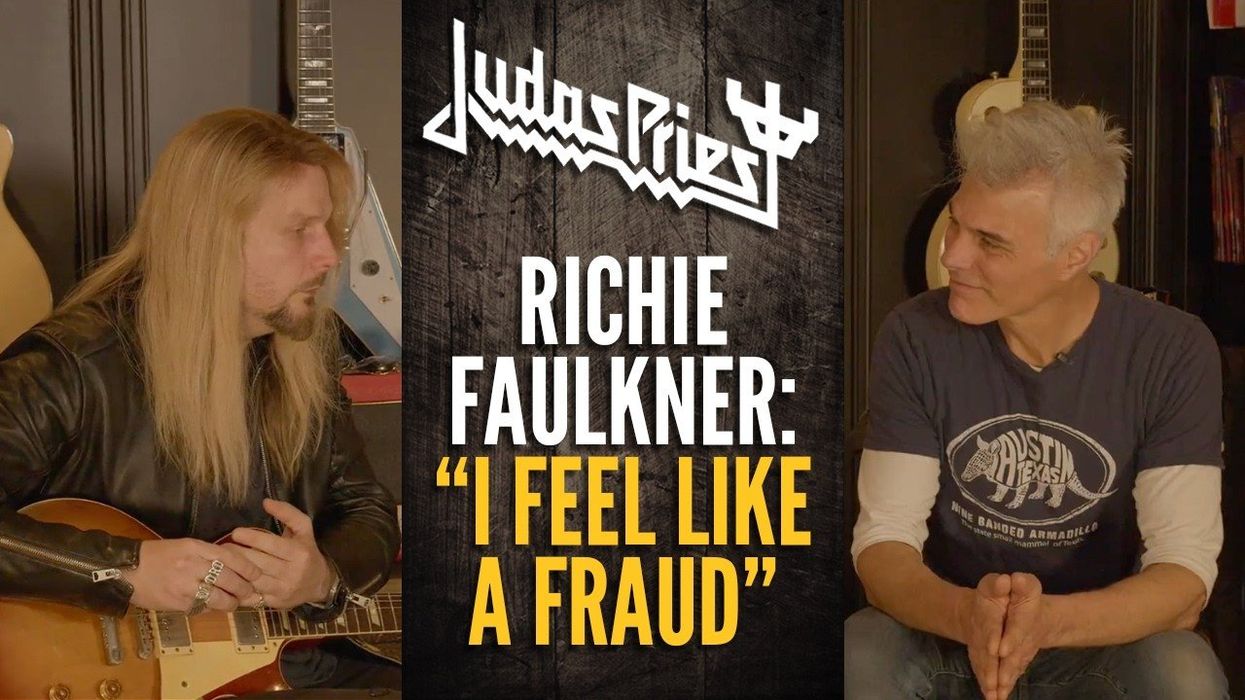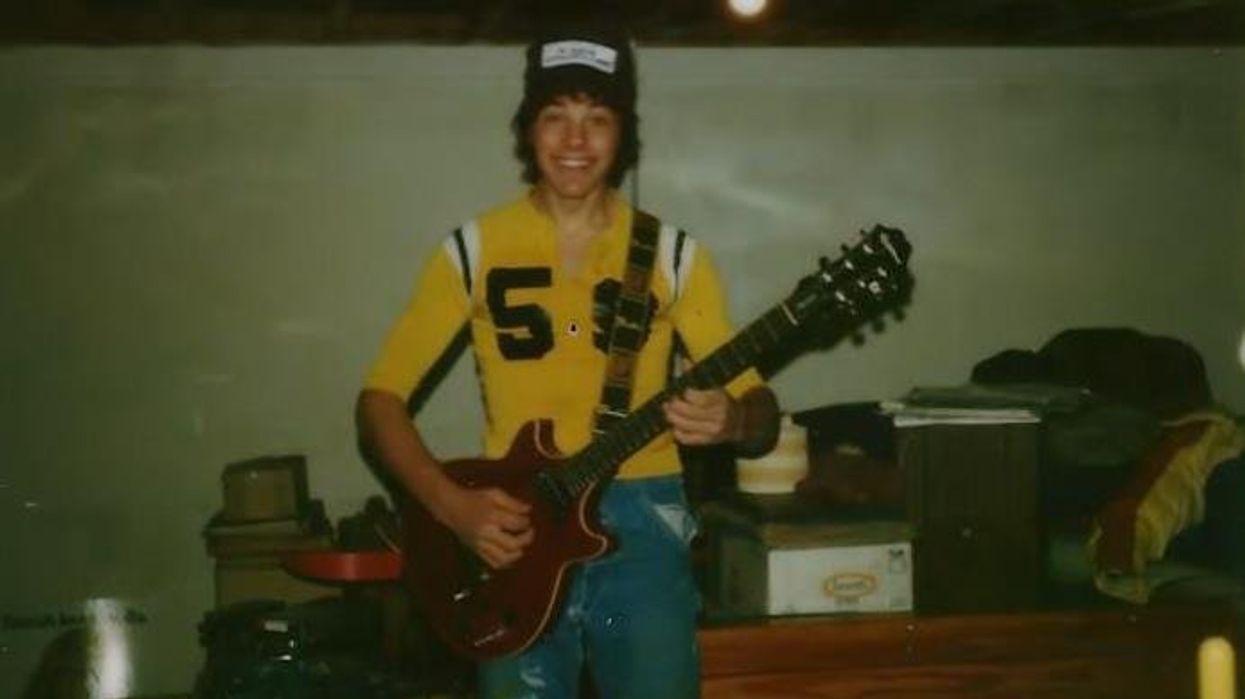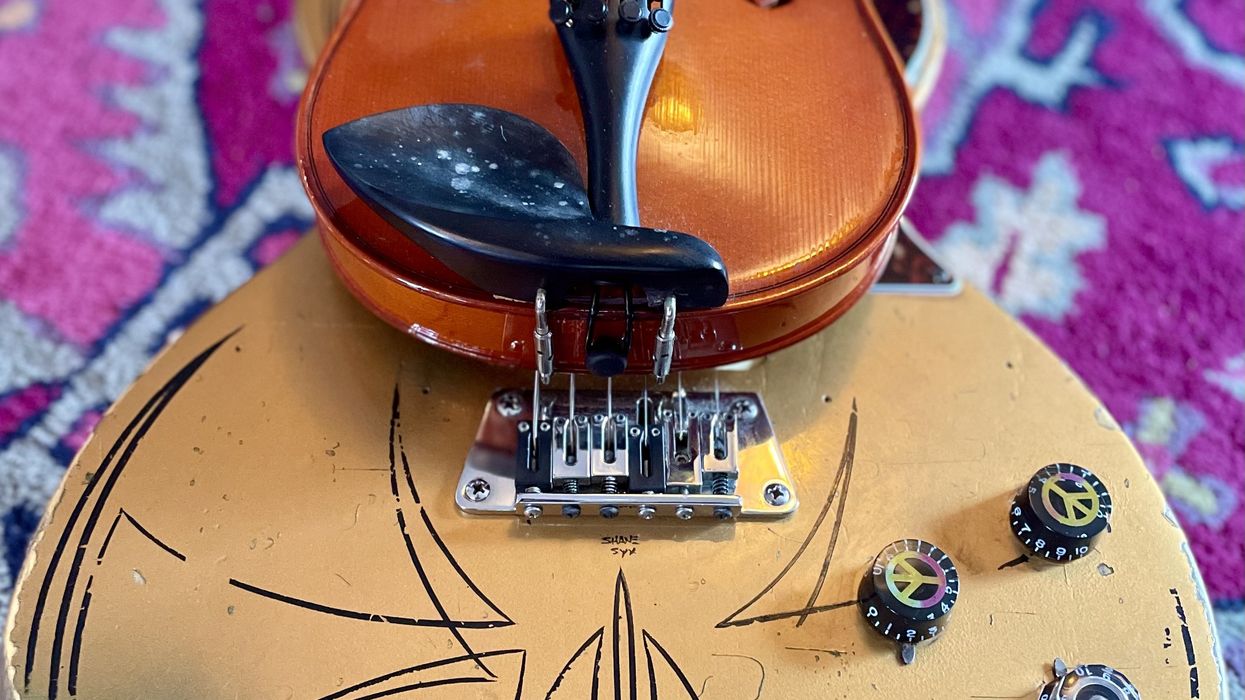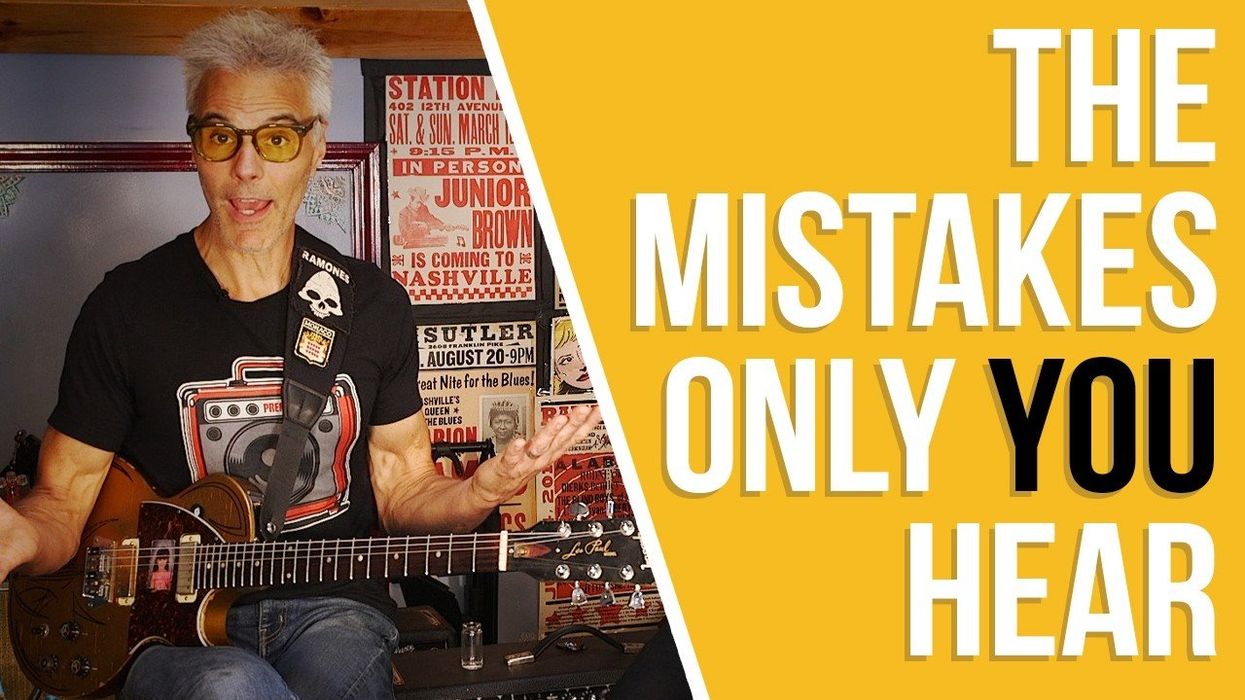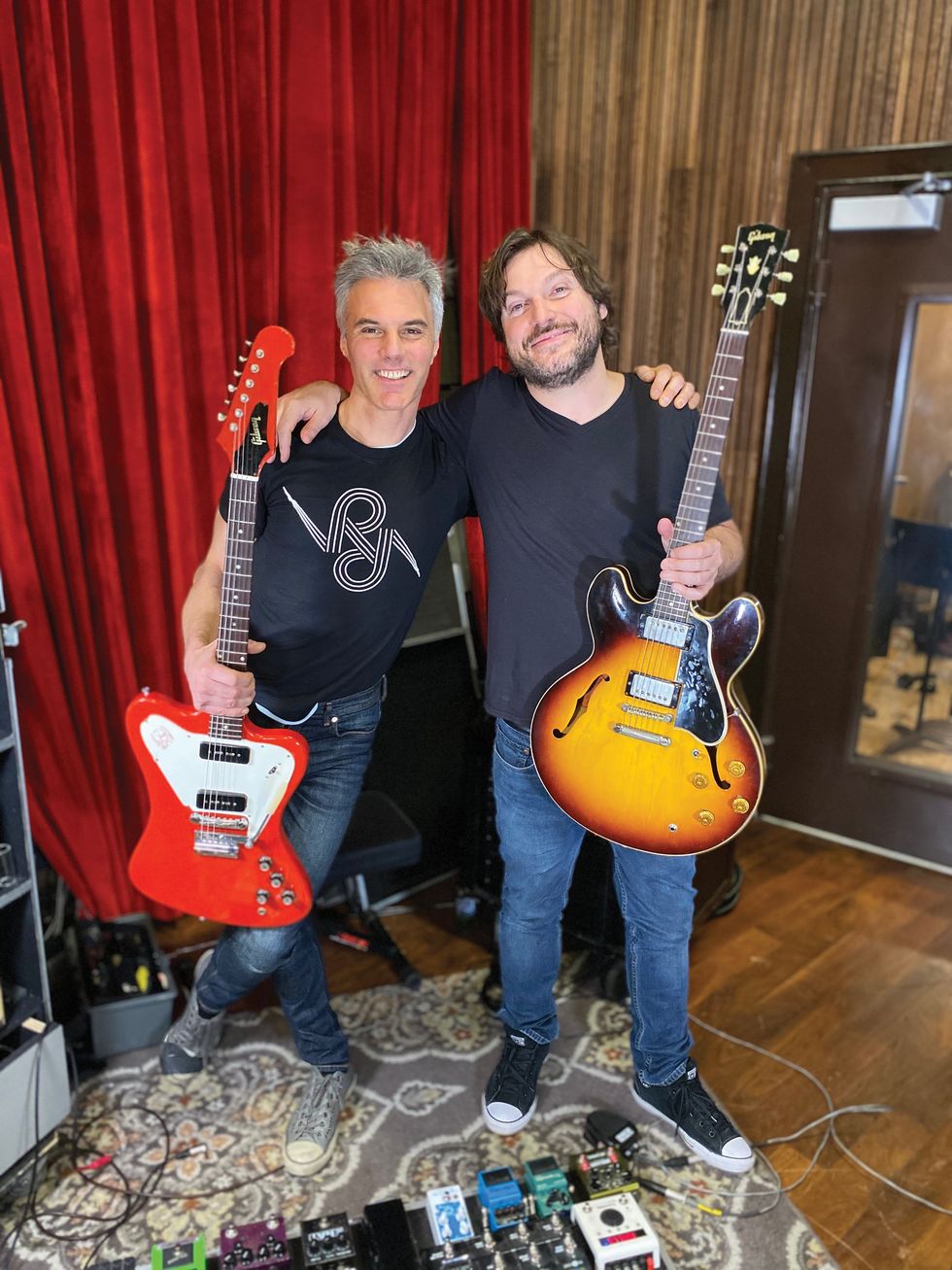I like to think about sound waves traveling through air. They shake up molecules as they move, and my understanding of those waves enables me to experiment to great extents with precision. Sound waves physically interact in ways that are super interesting and useful for sound shaping. Time plays a role in this, too, as the speed of sound is slow enough that we can’t overlook the physical space where sounds happen and how long it takes for a sound to reach our ears. The more I think about and understand these principles, the more I realize their importance when designing effects pedals, playing shows, and navigating the world.
What Is a Sound? To us humans, sound is a vibration that travels through a medium and is then interpreted by our ears. We visualize sound on paper as a line that depicts the pushing and pulling of air over time. Think about a speaker as it vibrates. The cone pushes in and out, and that simple motion produces an extremely complex sound. The sound wave, represented by a line, shows the speaker moving in and out. The amplitude (or height) of the line is the distance the speaker moves in that direction (which equals volume or loudness), and the period, or distance, between the peaks of each wave, is how quickly the speaker moves, which we hear as frequency or pitch.
What blows my mind is how one in-and-out movement can reproduce the complexity of multiple sounds at the same time … and you can actually distinguish them from one another. How can you hear a snare and a kick drum and a bass guitar and piano and kazoo and tell them apart at the same time?
When you add all of those separate waves together, different peaks and valleys are reproduced by the same speaker. Each of these sounds has its own unique fingerprint that tells us what it is, and if there aren’t too many things occupying the same frequency range, your ear can identify the smaller waves inside larger waves. Combining two waveforms adds them together, and when the sounds are in harmony, they fit quite nicely to build a strong structure of sound.
If you have two waves that are exact opposites, they cancel out and you hear nothing. Any shift in the timing between the waves, and you get something more complex, which sounds filtered. Or, in the case of many waveforms, their individual identities come out and they affect the other waves they’re sitting with.
Sometimes they resonate together, peaking at the same time to produce very loud sounds. Or, if they peak at opposite times, you hear hollow or scooped sounds. This can happen in a circuit, on a live stage as instrument sounds interact, while recording and mixing a record, or in setting up your home-stereo system.
When I found out how fast the speed of sound was, I instantly thought of how many problems would arise for multi-mic sound recording and performance. I couldn’t believe it. The speed of sound was a lot slower than I thought. Sound travels at 1,125 feet per second, which means that for every foot an ear or microphone is away from a sound source, there’s about a millisecond of delay: 10 feet equals 10 milliseconds of delay. That’s huge! Flangers exist in those short delay ranges, modulating delay time with an LFO to produce that metallic filtered effect. So, if you have two microphones placed at different distances mixed together, you get quite a filtered sound when combined. The same goes for multiple speakers producing the same sound. If their distances are varied, there will be natural cancellation and resonance of sounds depending on where the listener stands.
Sounds don’t go in one precise direction. Stray waves bounce all over the room and give different spaces their own identities. Record in a giant room where the reflection distance is greater than usual, and you capture a huge reverb sound unique to that room. Yell in a canyon and it takes time for the sound to bounce back to you, creating echoes.
You can use surfaces and structures as effects by recording in different spaces. Mic up the inside strings of a grand piano while tracking a guitar amp in the same room for a wild drone effect. Point a microphone at a cymbal or plate reflecting the sound from a speaker for a sharp sound, or record through a tube for an underwater sound.
These real-world effects are interesting to consider when designing sound ideas for effects pedals. I love exploring the contrast between realistic sounds and completely fake sounds, and the more I know about both the more I have control over them. And the more I know about sound waves, the easier it is to stand in the right place at a show, set up a sound system, and record whatever crazy jammy-jam happens to be to my liking.
